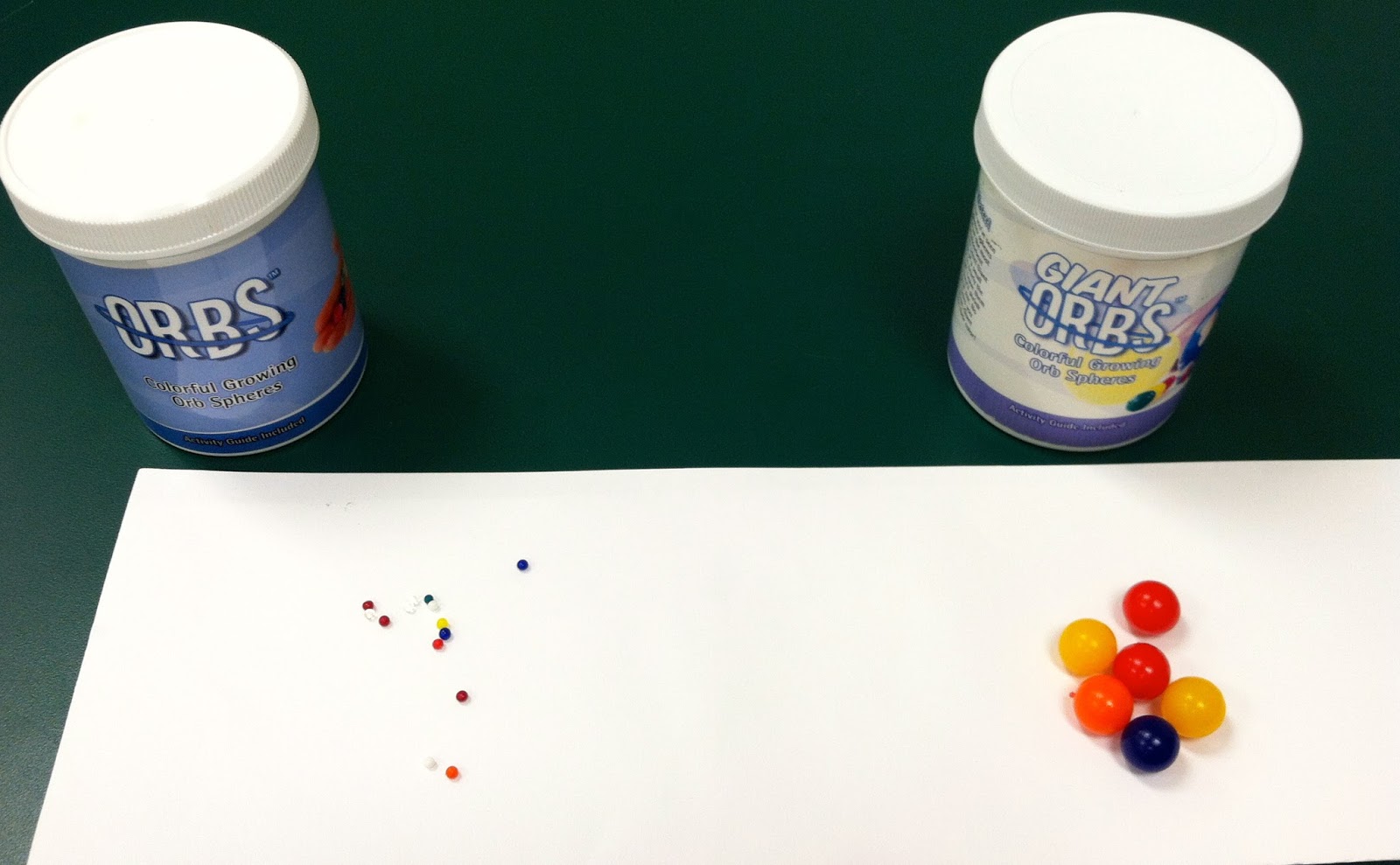Hi everyone! It is hard to believe it is already the end of September. This first month of school just flew by! This week, for the first time, we shared our students for shared reading. This is a typical year, where the range of our students' reading abilities varies greatly. We find it beneficial to sometimes split the students into two different shared reading groups to better meet their needs. One group gets a more guided, supported reading lesson, while the other group gets a higher level, more independent lesson.
With our more guided group, we used our Henry and Mudge and the Starry Night Teachers Pay Teachers lesson. We haven't completed it yet, but here is the start of our storyboard. There are many more activities in this lesson plan. Check out our Teachers Pay Teachers store.
For our other group, we decided to use Henry and Mudge books to teach characterization. We introduced the students to direct and indirect characterization through the song You're a Mean one, Mr. Grinch.
We then had students choose their own Henry and Mudge book to read, and the plan was for them to complete the same type of character trait chart on Henry. However, this was too big of a jump for them to do independently. So, we are revising our original plans, and are going to have the students complete a character web before they infer Henry's traits. We think this will make the activity more concrete for them before jumping into such a difficult task.
For a fun way to reinforce our word block lesson on magic e words, we had the students make hink pinks. They loved listening to the hink pink riddles in the book, What Do You Call a Rhyming Riddle? by the fifth-grade students from St. Joseph Montessori School, and they had a great time writing their own hink pinks afterwards.

Two days this week we were out of the classroom for Fountas and Pinnell individual testing with our students. This is a new assessment for us. We also plan on giving our students the Basic Reading Inventory (BRI) by Jerry Johns in the next few weeks. This is our tried and true favorite informal assessment to give the students.
Have a great weekend!
Kim and Anne
























